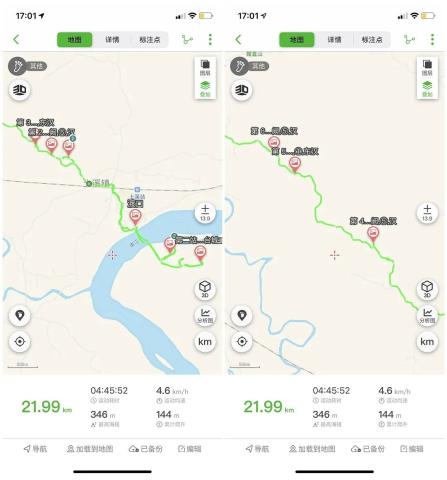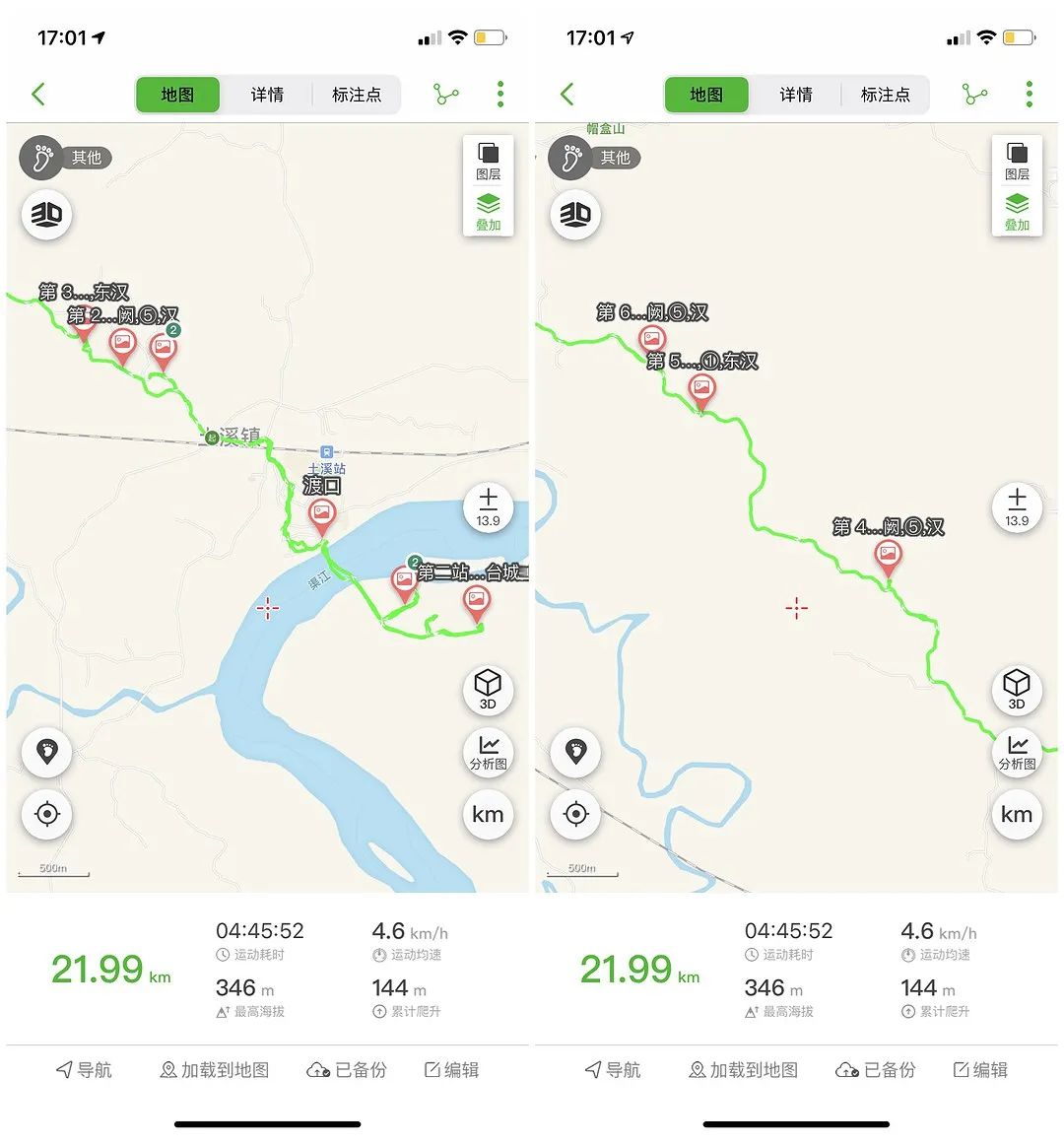
We all know that the earliest existing wooden structure is the Wutai Mountain in Shanxi. Nanchan Temple Main Hall , built in the third year of the Jianzhong Period of the Tang Dynasty (782). What is the oldest and most complete existing ground building? Stone Tower from the Han Dynasty!
There are 29 basically complete ones, and the Bashu region accounts for most of them, while the rest are distributed in Henan, Shandong, Beijing and other places. Tuxi Town in Qu County in eastern Sichuan is more concentrated, so Qu County is known as the "Hometown of Hanque in China".
🤟 1 Why come here
Is the reason enough? If that's not enough, across the river to the east of the town (the boat ticket across the river is only 1 yuan), there is also a city dam ruins.
This site was listed as provincial level three in 1991, excavated by the province in 2005, and listed in national level six in 2006. In November 2016, the State Administration of Cultural Heritage was included in the list of important sites during the “Thirteenth Five-Year Plan” period. The big treasure was properly discovered. In the 23rd year of Jian'an in the Eastern Han Dynasty (218), Liu Bei divided Brazil County into Danqu County, and the administrative seat was in Danqu County, which is this Chengba Village! unearthed Bamboo and wooden slips from the Han Dynasty, bells and so on.
👣 2 What is the order of the six Hanques?
Hanque is to the west of Tuxi Town, and Chengba Ruins is to the east. You need to ferry across Qujiang.
Taking self-driving cars as an example, I mark the location and navigate there.
From Tuxi Town, going west, passing through Beiting Village, Zhaojiaping, Pingnian Village, Hanting Village and Pujiawan, there are 6 buildings in total. It's basically along the highway and very easy to find. If you continue forward, you will reach Yanfeng Town. Although this section of road is not wide, it is enough for two minibuses to pass side by side. We often see passenger cars going back and forth, and of course some trucks, and the road is not smooth.
Follow the article, reply "Qu County", and I will send you the navigation file

Block 1, Wuming Tower in the East of Zhaojia Village, ⑤, Han Dynasty
⑤, indicating the fifth batch of national key cultural relics protection units
Han means the era of logging, that is, this is a relic of the Han Dynasty
It's not easy to park here, and there doesn't seem to be a parking lot built.
When I arrived, workers were still repairing it, but the visit was casual. In the future, there will probably be a big iron door with a lock.
The red bird, the four-clawed dragon with a ribbon and the Pu Bi are all clear.



Block 2, Wuming Tower in the West of Zhaojia Village, ⑤, Han Dynasty
There are two tigers playing. Construction is ongoing, and there are still many Han bricks on the ground. You can park in front of residents' homes, and the road ahead is small.






Block 3, Feng Huanque, ①, Eastern Han Dynasty
There are two lines of Han official engraved on the front of the palace. One line is "Former minister of minister Henan Jingling" and the other line is "Yuzhou Youzhou Assassination Shi Feng Shijun Shen Dao". A piece of the top of the tower was thrown at the foot of the wall.
The shed that protects the palace is very large, and a public toilet is built next to it, but it is not open to the public.



China Hanque Culture Museum
It's not open. The reason is that there was a power outage today! But the staff also said that there is nothing to see here, only some picture exhibitions. But the museum occupies a very large area and can accommodate a lot of pictures...
Block 4, Wangjiaping Wuming Tower, ⑤, Han Dynasty
The shape is similar to that of Zhaojiaping Tower and it should have been built during the Western Jin Dynasty.


Block 5, Shen Mansion Junque, ①, Eastern Han Dynasty
This is the one that was photographed by National Geographic and has a very good lighting effect. It's a pity that the mood is completely different.
This is the only one where both palaces exist. But Zique is also gone, because the stone texture on the outside is rough and there is no carving.
There are inscriptions on both the east and west towers. They are:
The Han Dynasty visited Sima Zuodu, Beitun, Shen Fujun Shendao
Han Xinfeng Ling Jiaozhi Duwei Shen Fujun Shinto










Block 6, Pujiawan Han Tower, ⑤, Han Dynasty



👣 3 How to cross the river to the Chengba ruins
There is no direct road access to the ferry, and there are steps to get off the ferry. The step road needs to pass through Shunjiang Street on the uneven riverside cliff. If you ask the locals, you may get two answers. One is to tell you where to take the speedboat. If you ask for directions, you are obviously not a local. You may need to take a speedboat🚤. So you have to specifically mention taking the ferry, which costs 1 yuan. The general direction is towards the elementary school, but not to the elementary school. So either you have accurate navigation (you can take it away by replying "Qu County " to the article), or you can ask for directions locally.

After crossing the river, walk along the cement road. The instructions are quite clear. At the fork to Jinguan, you can see the National Security Monument.
In addition to the city gate that we didn't find, there are three in total, namely Jinguan Ruins on the river bank, the farthest Guojiatai City Site, and on the way there Hanjing. There are also obvious signposts in Hanjing, but you need to ask the villagers where they are. It’s really inconspicuous. If I didn’t tell you, I wouldn’t have guessed that this was from the Han Dynasty! The whole journey is 3.67KM. We rode bicycles to get around. You can also hire a motorcycle, which is available at the ferry.
First stop, Hanjing


Second stop, Guojiatai City Site




The third stop, Jinguan Ruins

Writing is thinking, summarizing, and retaining memories.
Writing and coding, like traveling, are both on the road!
